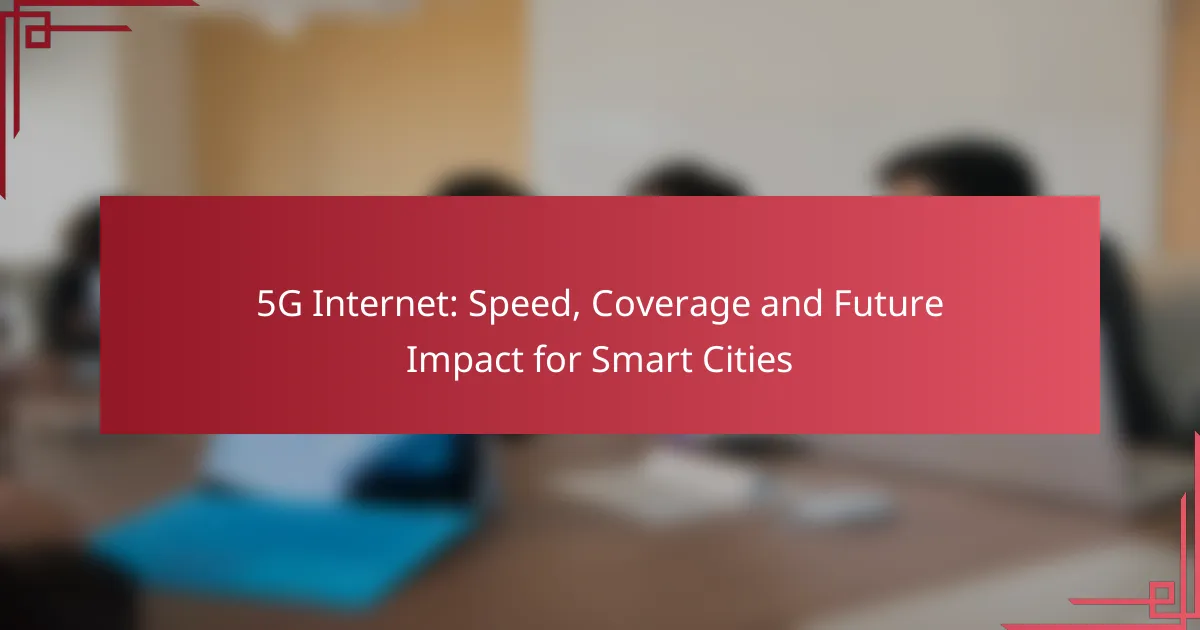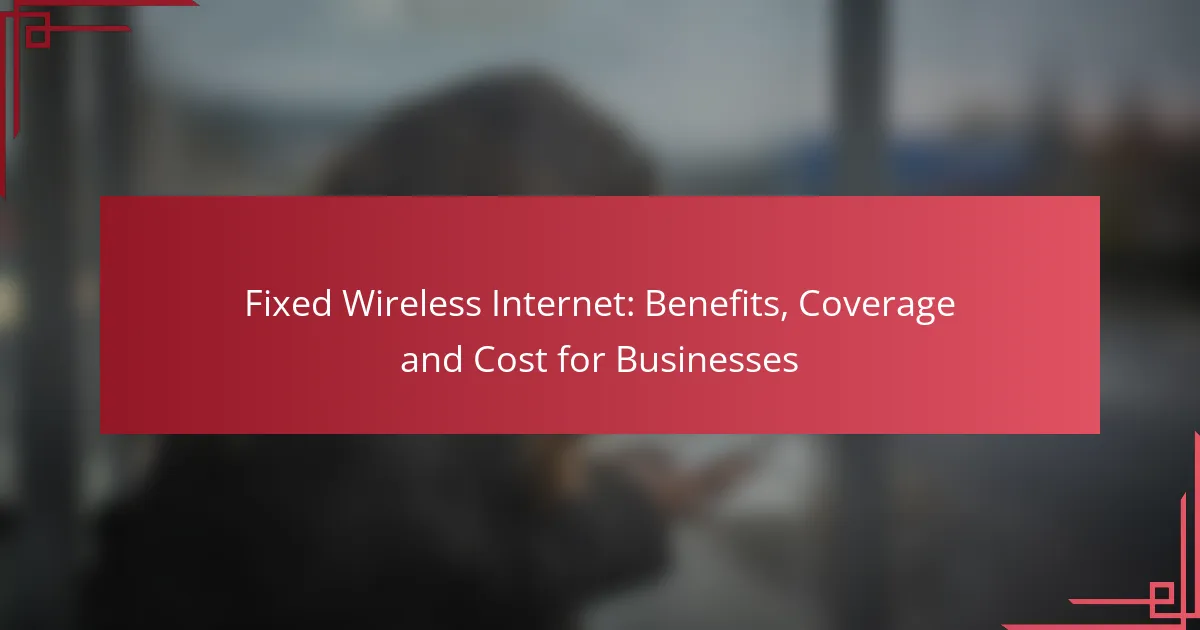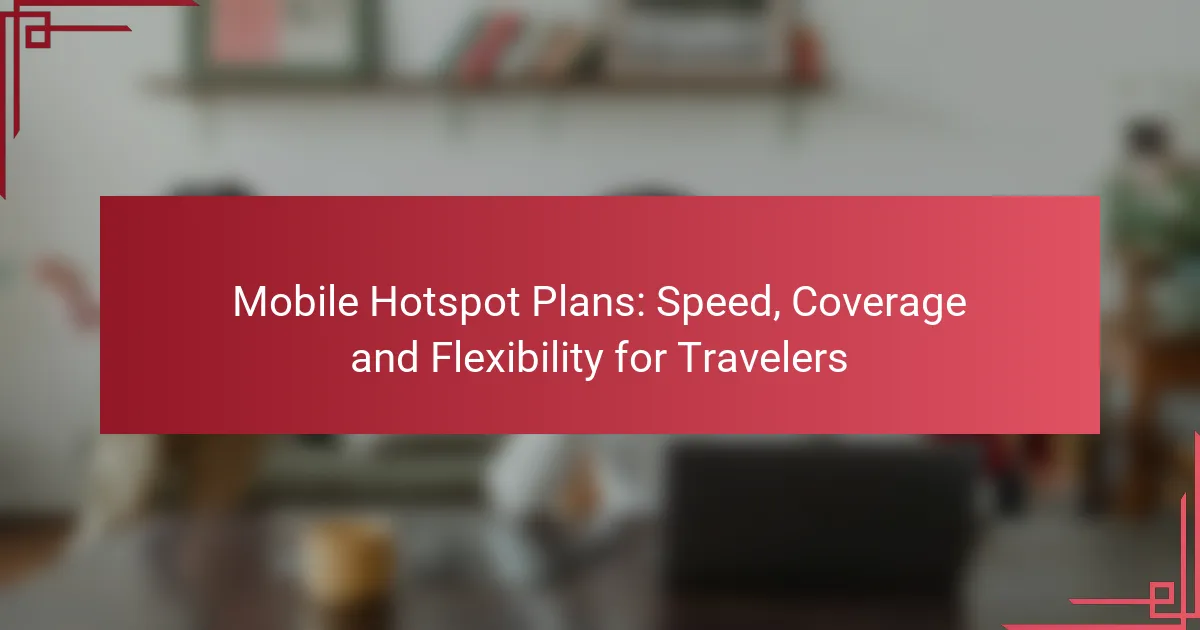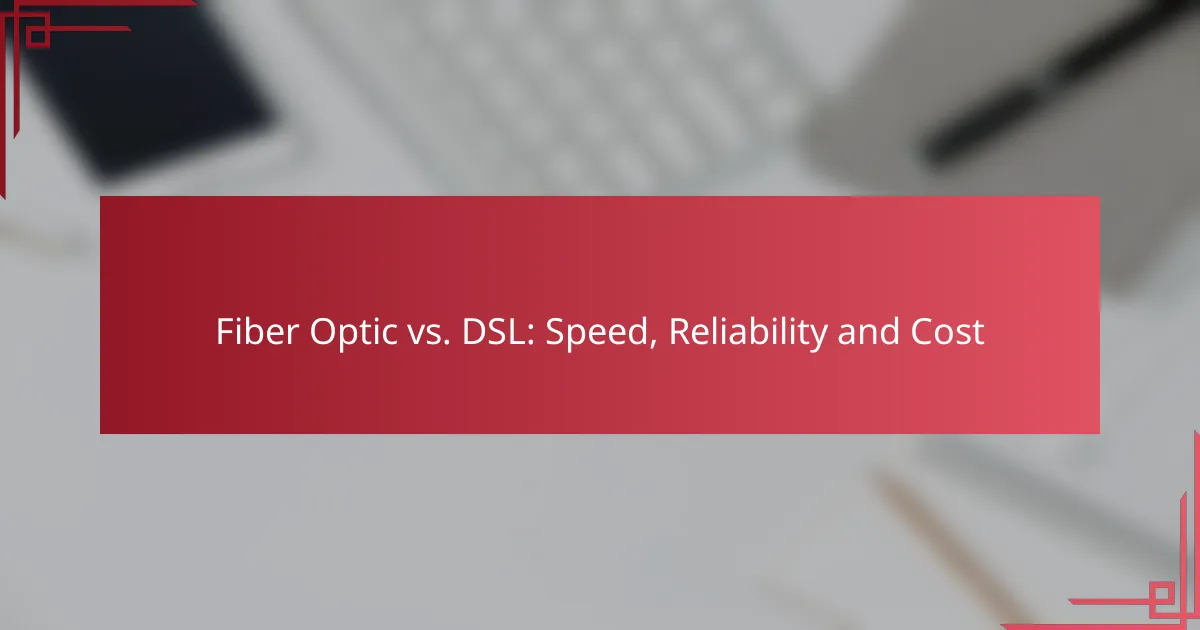5G Internet is revolutionizing smart cities by delivering unprecedented speed, reduced latency, and enhanced bandwidth, which facilitate a multitude of applications aimed at improving urban life. While coverage varies across different regions, urban areas typically enjoy more extensive and reliable access, allowing for innovations in traffic management, health monitoring, and overall city efficiency. As cities increasingly adopt this technology, the future promises a more connected and intelligent urban landscape.
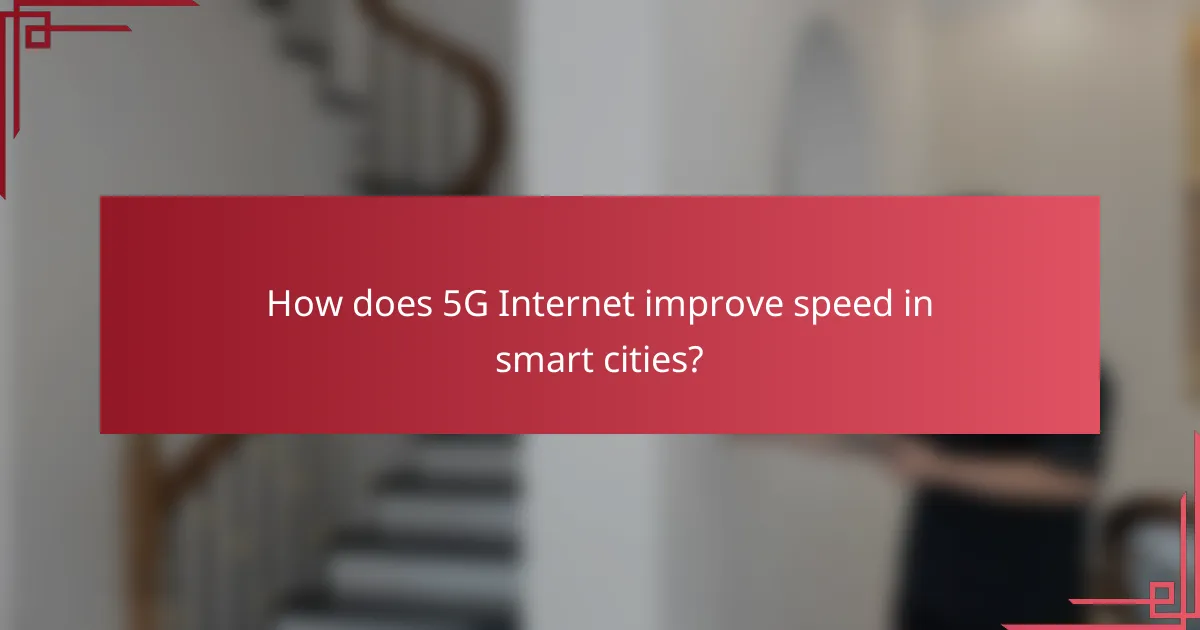
How does 5G Internet improve speed in smart cities?
5G Internet significantly enhances speed in smart cities by offering faster data transmission, reduced latency, and increased bandwidth. These improvements enable a wide range of applications, from smart traffic management to real-time health monitoring, creating more efficient urban environments.
Enhanced data transmission rates
5G technology can deliver data transmission rates that are several times faster than previous generations, often exceeding 1 Gbps in optimal conditions. This speed allows for quicker downloads, smoother streaming, and more efficient data transfer for applications like augmented reality and high-definition video conferencing.
In practical terms, this means that users can download large files in seconds rather than minutes, which is crucial for businesses and services operating in fast-paced urban settings. For instance, emergency services can access critical information almost instantly, improving response times and overall public safety.
Lower latency for real-time applications
5G reduces latency to as low as 1 millisecond, which is vital for applications requiring immediate feedback, such as autonomous vehicles and remote surgery. This minimal delay enhances the performance of smart city technologies that rely on real-time data processing.
With lower latency, systems can communicate more effectively, allowing for seamless integration of services like smart traffic lights that adjust based on real-time traffic conditions. This responsiveness can lead to reduced congestion and improved urban mobility.
Increased bandwidth for multiple devices
5G networks provide significantly higher bandwidth, accommodating a larger number of devices simultaneously without degradation in performance. This capability is essential in densely populated urban areas where many devices, from smartphones to IoT sensors, are connected at once.
The increased bandwidth supports a variety of applications, such as smart streetlights, environmental monitoring systems, and public safety networks, all operating concurrently. This ensures that cities can scale their smart technologies without sacrificing speed or reliability, ultimately enhancing the quality of life for residents.
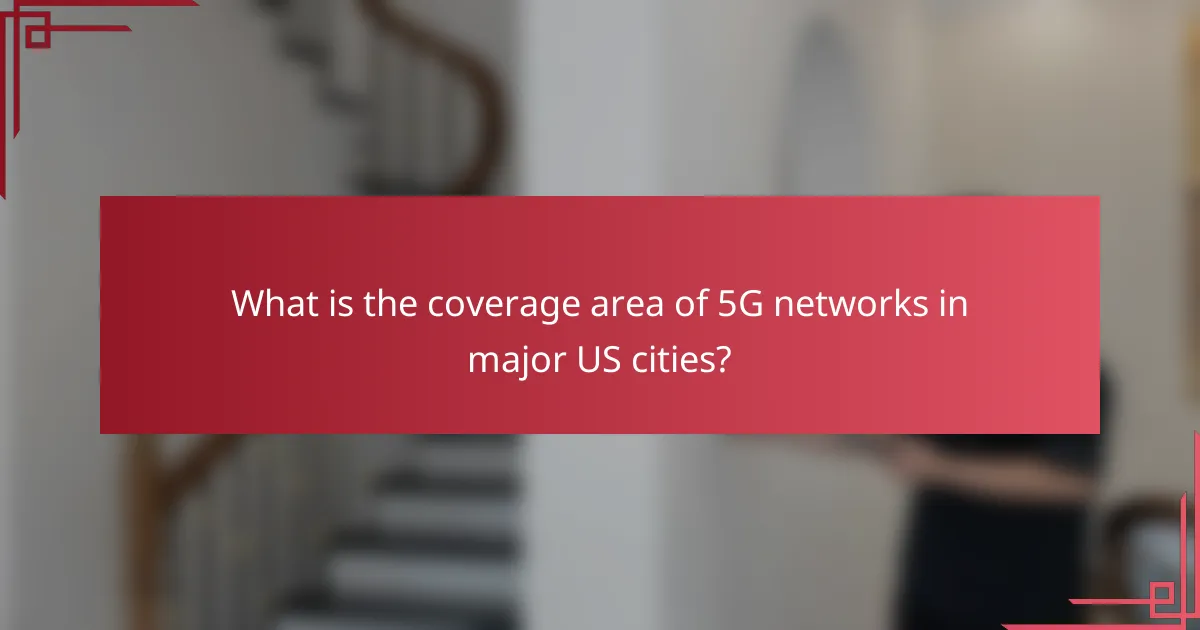
What is the coverage area of 5G networks in major US cities?
The coverage area of 5G networks in major US cities varies significantly, with urban areas generally experiencing broader and more reliable coverage compared to rural regions. As of now, many cities have partial to full 5G coverage, but the extent can differ based on the service provider and local infrastructure.
Urban vs. rural coverage differences
Urban areas typically benefit from denser infrastructure, allowing for more extensive 5G coverage. This means that in cities, users can expect faster speeds and lower latency due to the proximity of 5G towers.
In contrast, rural areas often face challenges such as fewer towers and greater distances between them, resulting in limited or inconsistent 5G service. Users in these regions may rely on 4G LTE or other technologies for their internet needs.
Major cities with 5G deployment
Several major US cities have made significant strides in 5G deployment, including New York, Los Angeles, and Chicago. These cities have seen investments from multiple telecom providers, leading to widespread availability of 5G services.
Other cities like Dallas and San Francisco are also expanding their 5G networks, with coverage continuing to grow as infrastructure improves and demand increases.
Challenges in achieving full coverage
Achieving full 5G coverage faces several challenges, including high infrastructure costs and regulatory hurdles. Telecom companies must invest heavily in new equipment and technology to expand their networks.
Additionally, geographical obstacles and local regulations can complicate the deployment process, particularly in densely populated or environmentally sensitive areas. Addressing these challenges is essential for realizing the full potential of 5G technology.

How does 5G Internet impact smart city infrastructure?
5G Internet significantly enhances smart city infrastructure by providing faster data transmission, lower latency, and greater connectivity for various devices. This technology supports the integration of advanced applications and services that improve urban living and operational efficiency.
Support for IoT devices and applications
5G Internet plays a crucial role in supporting Internet of Things (IoT) devices, enabling seamless communication between millions of connected devices in a smart city. With its high bandwidth and low latency, 5G allows for real-time data exchange, which is essential for applications like smart meters, environmental sensors, and connected vehicles.
As cities adopt more IoT solutions, the ability of 5G to handle a high density of devices becomes vital. This technology can support thousands of devices per square kilometer, making it ideal for urban environments where connectivity is paramount.
Improved traffic management systems
5G Internet enhances traffic management systems by enabling real-time data collection and analysis, which leads to more efficient traffic flow. Smart traffic signals can adapt to current conditions, reducing congestion and improving travel times for commuters.
For example, connected vehicles can communicate with traffic management systems to receive updates on road conditions and optimize routes. This integration can lead to a significant reduction in travel delays and improved overall road safety.
Enhanced public safety and emergency services
5G technology bolsters public safety and emergency services by facilitating faster communication and data sharing among first responders. With improved connectivity, emergency personnel can access critical information in real-time, enhancing their response capabilities during incidents.
Moreover, 5G supports advanced applications such as video surveillance and drone monitoring, which can provide situational awareness in emergencies. This leads to quicker decision-making and more effective resource allocation during crises, ultimately improving community safety.
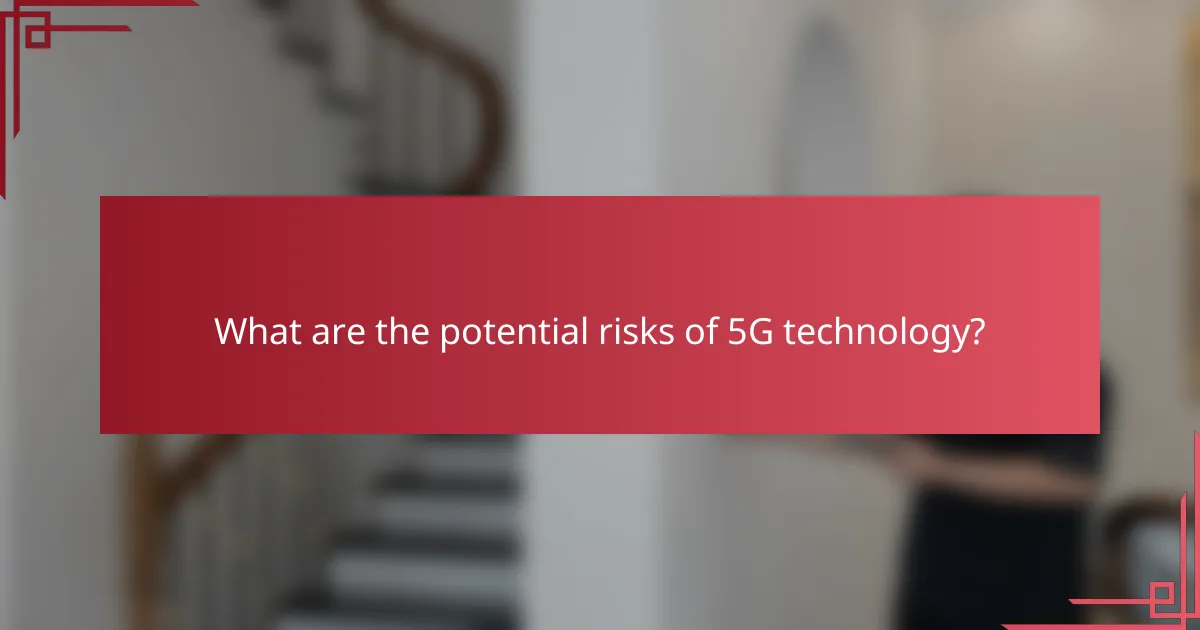
What are the potential risks of 5G technology?
The potential risks of 5G technology include security vulnerabilities, health concerns regarding radiation exposure, and regulatory challenges. As cities adopt 5G networks, understanding these risks is crucial for ensuring safe and effective implementation.
Security vulnerabilities in smart city networks
Smart city networks powered by 5G technology can be susceptible to various security vulnerabilities. These may include unauthorized access to sensitive data, potential hacking of connected devices, and risks associated with inadequate encryption methods.
To mitigate these risks, cities should prioritize robust cybersecurity measures, including regular software updates, strong authentication protocols, and comprehensive monitoring systems. Collaborating with cybersecurity experts can help identify and address potential weaknesses in the network.
Health concerns related to 5G radiation
Health concerns surrounding 5G radiation primarily focus on its potential effects on human health due to increased exposure to electromagnetic fields. While research is ongoing, some studies suggest that prolonged exposure could lead to adverse health effects, although conclusive evidence is still lacking.
To address public concerns, it is essential for city planners to engage with health experts and provide transparent information about safety standards and regulatory compliance. Following guidelines set by organizations like the International Commission on Non-Ionizing Radiation Protection (ICNIRP) can help ensure public safety.
Regulatory challenges and compliance issues
Implementing 5G technology in smart cities often faces regulatory challenges and compliance issues, including zoning laws, spectrum allocation, and public safety regulations. Navigating these complexities can delay deployment and increase costs.
To streamline the process, city officials should work closely with regulatory bodies to understand requirements and ensure compliance. Establishing clear communication channels between stakeholders can facilitate smoother implementation and help address any emerging legal concerns promptly.
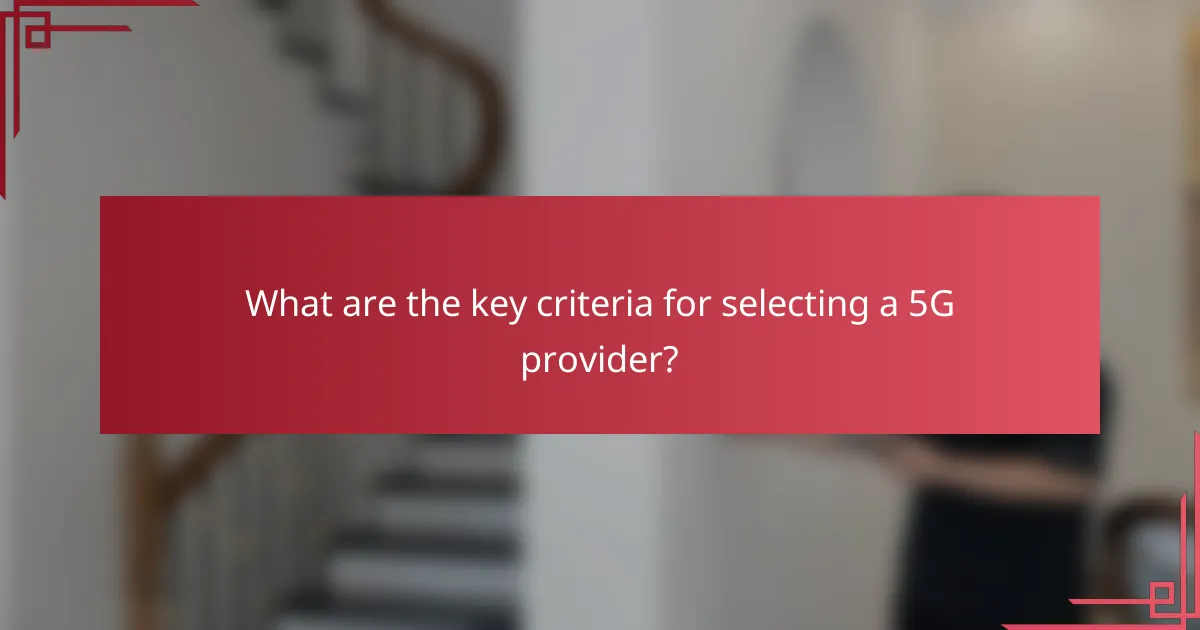
What are the key criteria for selecting a 5G provider?
When selecting a 5G provider, consider network reliability, performance metrics, cost structures, and customer support. These factors are crucial for ensuring that the service meets the needs of smart cities and their inhabitants.
Network reliability and performance metrics
Network reliability refers to the consistency and uptime of the 5G service. Look for providers that offer Service Level Agreements (SLAs) guaranteeing uptime percentages, ideally above 99%. Performance metrics such as latency, download, and upload speeds are also essential; aim for latency in the low tens of milliseconds and download speeds exceeding 100 Mbps.
Check for coverage maps to ensure that the provider’s network reaches your target areas. Some providers may excel in urban settings but lack coverage in suburban or rural regions, which could impact smart city applications.
Cost considerations and pricing models
Cost is a significant factor when choosing a 5G provider. Pricing models can vary widely, from pay-as-you-go to fixed monthly plans. Evaluate the total cost of ownership, including installation fees, equipment costs, and ongoing service charges.
Consider any hidden costs, such as data overage fees or charges for exceeding bandwidth limits. Some providers may offer bundled services that can reduce overall expenses, so compare different options to find the best value.
Customer support and service agreements
Strong customer support is vital for resolving issues quickly and efficiently. Investigate the support options available, such as 24/7 assistance, dedicated account managers, or online resources. A provider with responsive customer service can significantly enhance your experience.
Review the service agreements to understand the terms, including response times for outages and maintenance schedules. A well-defined agreement can help set expectations and ensure that the provider is accountable for service quality.
